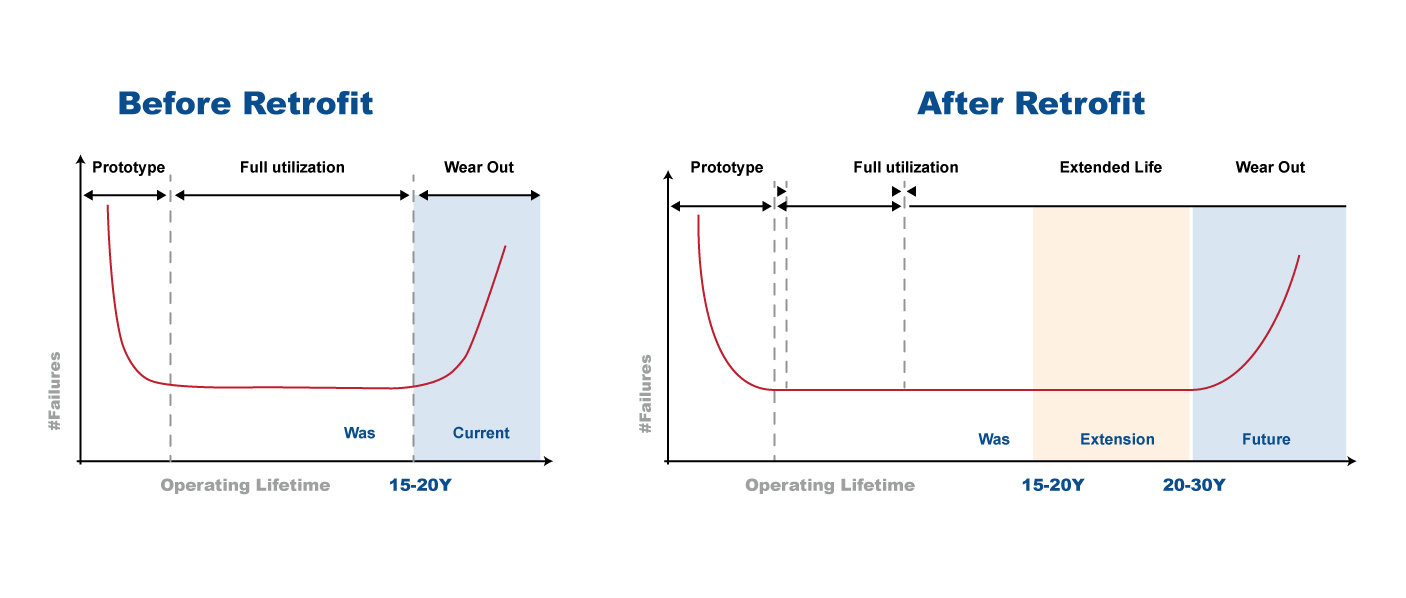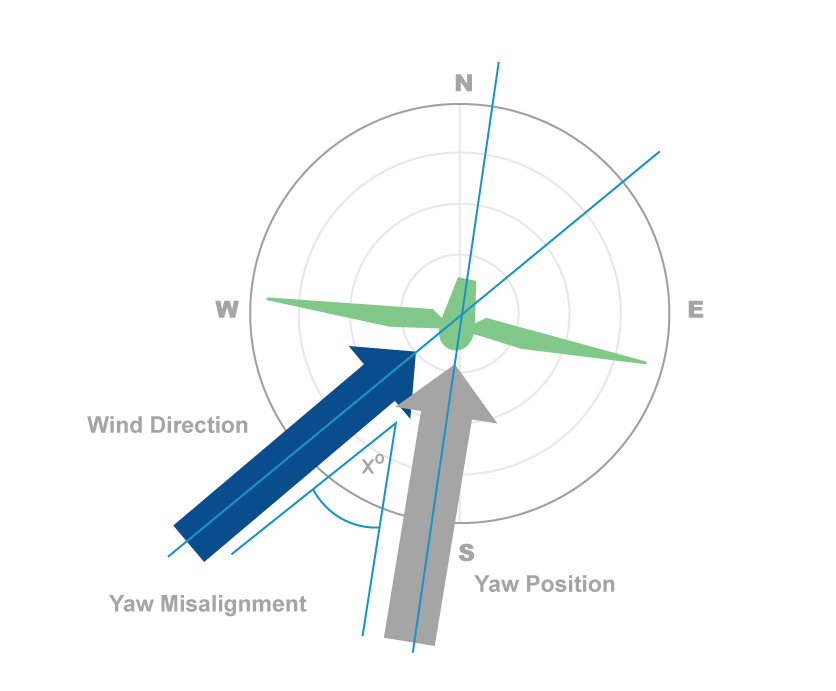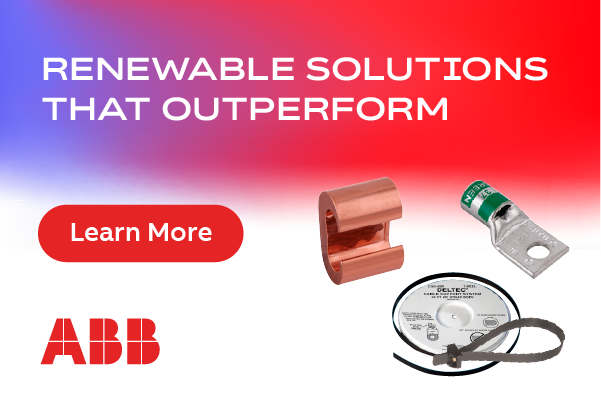Old is New Again: Retrofit wind turbines take back control
The rapid increase in renewable energy generation around the globe has made existing wind farms a very desirable resource. As a result, many organizations are either acquiring a wide variety of wind turbines or evaluating those they already have; in either case, they’re looking for ways to run them more reliably while also driving peak efficiency. Unfortunately, many of these assets are decades old, making them hard to monitor effectively due to outdated technologies, and even harder to control due to limitations of aging OEM systems.
Complete replacement of turbines is often not an option. Besides the fact that new turbines are expensive, they are also frequently hard to obtain due to supply chain shortages. In addition, interrupting operations to replace turbines can result in costly outages, further limiting companies’ desire to replace assets. Even if cost is not an issue, many sites simply cannot accept construction of new turbines due to changing regulations.
To meet their need for operational excellence without costly and complex replacements, many turbine owners and operators are looking to turbine control retrofits. When performed properly, retrofits are a fast way to gain full ownership of data and access to control of a turbine for more efficient operation (Figure 1). Moreover, retrofits from organizations with deep power expertise typically deliver fast return on investment (ROI).

Figure 1: Implementing a wind turbine control retrofit using modern software and technology solutions is a fast and economical way to extend turbine lifespan and increase annual energy production.
What is a retrofit?
Today’s best-in-class turbine control retrofits are safe, fast, and easy. To install, a team opens the turbine control cabinet and removes the old control modules, leaving the legacy connectors in place. Using adapters that connect directly to the legacy connectors, the team installs new control modules with modern logic. The replacement units are plug and play, so neither the cabinet nor its wiring needs to be replaced.
The most advanced solution providers will have out-of-the-box solutions for many common wind turbine models across most every OEM. This enables them to quickly deliver a retrofit for nearly any legacy turbine across a farm, even if the organization owns turbines from a wide range of manufacturers. In fact, with pre-engineered solutions, most retrofits can be completed in a day or two.
What are the benefits?
The primary reason most organizations consider turbine control retrofits is to prolong lifespan, and to drive more performance and availability from their equipment. Improving performance is difficult, if not impossible, without access to data and control. No OEM control systems are designed to offer full access to data and thorough control capabilities to end users. Only the original manufacturer has such comprehensive access — and only if they are still in business.
A control system retrofit puts control back in the hands of operators. Teams gain access to logic features for controlling the turbines that typically deliver extended asset lifespans and 3-5 percent more annual production, resulting in payback within a year. These benefits are typically driven by two main areas: advanced load control and improved annual production.
Advanced load control
The modern turbine control systems available as part of a retrofit empower operators with advanced logic to manage poor performance created by misalignment. For example, yaw misalignment of four to ten degrees is quite common for old turbines. Eight degrees of misalignment decreases annual production by around 2 percent, which increases load on the turbine, shortening the lifespan and leading to outages (Figure 2). Pitch misalignment is also quite common, again reducing production and generating oscillation in the tower and drive train.

Figure 2: Eight degrees of misalignment can decrease production by approximately 2%. Advanced applications, such as self-calibrating yaw control and electronic pitch, can be implemented as part of a retrofit project to optimize operations by improving poor performance created by misalignment.
Modern retrofit turbine control systems can automatically adjust pitch and yaw alignment to ensure the tower and drive train is operated within its load capacity. Control algorithms use multiple variables, including wind speed, vibration, load, and more to determine when adjustments should be made, and ensure they happen.
Those same algorithms can also help eliminate overspeed and turbine stops from both variable and extreme loads created by changing wind speed. Built-in smart logic, created over decades of experience, collects operational data and uses it to calculate future wind speed and direction, adjusting operation as necessary.
Improved production
Modern retrofit turbine control technologies also offer options to improve production across the lifespan of a turbine. One-way operations teams accomplish this is by uprating the power of their turbine after a retrofit. For example, if a team operates a 1-megawatt (MW) turbine at 1.1MW, they gain an additional 100 kilowatts of power out of their operation. Alternatively, teams can opt to boost the power of their turbines based on operating conditions, shifting from sub-rated power to rated power to drive increased production. With constant access to deep data from the turbine, teams can customize their operations to find the perfect balance between equipment lifespan and peak power generation.
Ensure the best and fastest ROI
The most successful retrofits typically follow similar processes. First, teams wanting to drive the most benefit should consider ROI as they evaluate retrofit options. The faster a new control system can be installed and the more useful features it delivers, the quicker benefits will materialize. Automation partners with many years of expertise in wind power will have off-the-shelf retrofit kits that can be installed quickly and offer the most valuable features for a given turbine. Those same automation partners will also be able to help providers identify the best new control strategies to deliver fast ROI.
Teams can also improve their success rate by performing a pilot. Often, retrofitting 5 or 10 turbines can quickly demonstrate the success necessary to scale a retrofit project across a farm, or even an entire fleet.
Today is the right time for a retrofit
Modern turbine retrofit projects are a fast and easy way to drive more value from existing assets. Because ROI is typically delivered in less than a year, teams can quickly deliver operations that exceed expectation, while increasing safety, visibility, and flexibility of operations fleet-wide.
 Thomas Andersen is Vice President of Renewable Technologies for Emerson. He has more than 30 years of renewable control and optimization experience with a keen focus on wind generation. He began his career as an electrical technician with Mita-Teknik, a company known as a pioneer in wind generation control. In 2009, Andersen was promoted to Mita-Teknik’s chief technology officer where he drove the development of state-of-the-art solutions used by wind turbine manufacturers, OEMs, and owners and operators all over the world. In 2021, Emerson acquired Mita-Teknik, strengthening Emerson’s presence in renewable energy and wind power generation. Andersen leads Emerson’s expansion into the renewable sector with innovative software and technologies that increase reliability and annual energy production and help reduce operations and maintenance costs.
Thomas Andersen is Vice President of Renewable Technologies for Emerson. He has more than 30 years of renewable control and optimization experience with a keen focus on wind generation. He began his career as an electrical technician with Mita-Teknik, a company known as a pioneer in wind generation control. In 2009, Andersen was promoted to Mita-Teknik’s chief technology officer where he drove the development of state-of-the-art solutions used by wind turbine manufacturers, OEMs, and owners and operators all over the world. In 2021, Emerson acquired Mita-Teknik, strengthening Emerson’s presence in renewable energy and wind power generation. Andersen leads Emerson’s expansion into the renewable sector with innovative software and technologies that increase reliability and annual energy production and help reduce operations and maintenance costs.
Emerson | www.emerson.com
Author: Thomas Andersen
Volume: 2024 January/February








